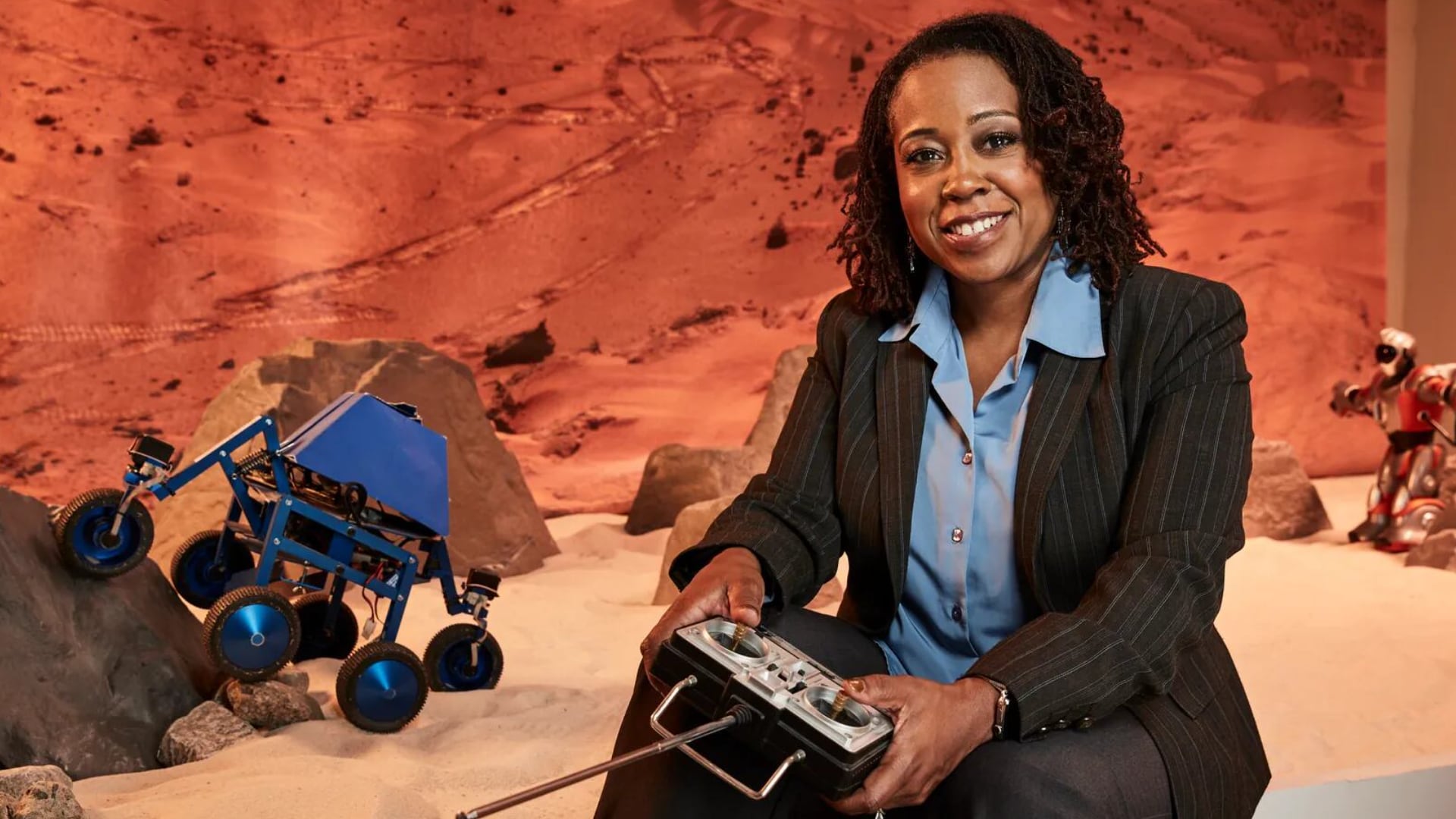To the delight of space enthusiasts worldwide, SpaceX over the weekend unveiled its new prototype spaceship: Starship. The ship is set to be the most powerful rocket in the world and will be capable of transporting people to the moon, Mars, and between other far-flung planets, the company said.
"It is the most inspiring thing I have ever seen," SpaceX CEO Elon Musk said on Saturday at the unveiling at the company's launch facility in southern Texas.
Starship, which was assembled just a day prior, is the latest development in SpaceX's decades-long pursuit to facilitate interplanetary travel. The ship features six combustion engines powered by cryogenic methane and liquid oxygen and will be able to transport up to 100 people and significant amounts of cargo.
"I think we should really do our very best to become a multi-planet species and to extend consciousness beyond Earth," Musk said. "And we should do it now."
Saturday's announcement also coincided with the 11th anniversary of SpaceX's first launch of its early Falcon rocket into orbit. The company has since completed 78 successful rocket launches. We are "making space travel like air travel," Musk said, adding that Starship will be sent into orbit within the next six months.
"Six months is an aggressive timeline," said Leroy Chiao, a former NASA astronaut. "I wouldn't say it is not doable, but it is optimistic."
SpaceX — along with a handful of other companies — has greatly increased the role of the private sector in recent years in advancing space exploration. In 2014, SpaceX and Boeing secured a nearly $7 billion contract with NASA to build commercial crew spacecrafts for transporting astronauts to the International Space Station.
In a statement regarding SpaceX's announcement over the weekend, NASA Administrator Jim Bridenstine said "Commercial Crew is years behind schedule. NASA expects to see the same level of enthusiasm focused on the investments of the American taxpayer."








